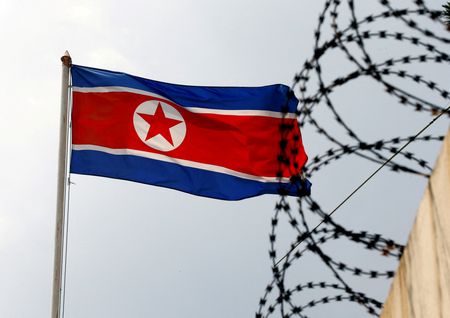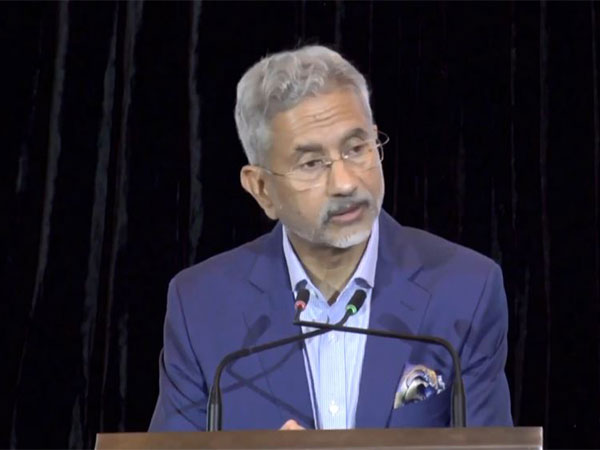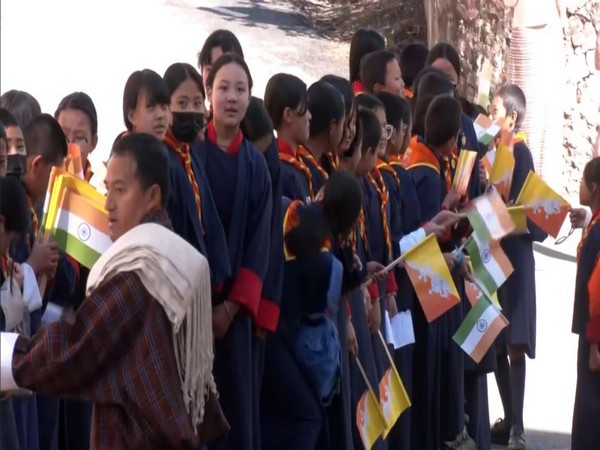
Under scrutiny, North Korea tries to restrict news about executions – group

By Hyonhee Shin
SEOUL (Reuters) – North Korea has changed the way it carries out capital punishment in response to greater international scrutiny of its human rights, holding executions away from prying eyes to stop information filtering out, a rights group said on Wednesday.
The Seoul-based Transitional Justice Working Group analysed satellite imagery and conducted interviews with 683 North Korean defectors over six years to determine how its execution practices have changed since leader Kim Jong Un took power in 2011. “Our findings suggest that the Kim Jong Un regime is paying more attention to human rights issues due to increased international scrutiny,” said Park Ah-yeong, the lead author of a report the group issued on Wednesday.
“This does not mean the human rights situation there is improving – state-led killings continue to take place in ways that may not be as publicly visible as before.” North Korea does not answer questions from foreign reporters or publish reports or data on its judicial system. Its state media rarely reports on crime and the punishment of those convicted. North Korea has denied the existence of prison camps and accused the United States and its allies of using criticism of human rights as part of a hostile policy towards it.
In its report titled “Mapping Killings under Kim Jong Un: North Korea’s Response to International Pressure”, the rights group documented 27 executions, most by firing squad, on charges that included of watching or distributing South Korean videos, drugs, prostitution and human trafficking. In the past, North Korea held executions in villages and prison camps where crowds could gather, as a public warning, the group said. But it had increasingly avoided executions in heavily populated residential areas, where authorities had difficulty keeping track of those attending.
It had also stopped holding executions near its borders and at facilities that can be easily monitored by satellites, the group said. “This change in location may provide an explanation of how the state’s action is being influenced by the scrutiny of the international community,” the group said. But North Korea had not given up public executions – 23 of the 26 documented in the report were public – but it was more determined to ensure it could control who attended, the group said.
“Assembled audiences at public killing events are strictly monitored and controlled by state officials to prevent information on public executions from leaking,” it said. “Inhumane treatment of the accused before execution – used as a warning to the public – has persisted.”

















POST COMMENTS (0)